Description
Name in North American Boletes: Suillus granulatus AND Suillus lactifluus
Genus: Suillus
Species: weaverae
- Species 2: granulatus
Common Name: “Butterball”
- Common Name 2: “Dotted Stalk Suillus”
Tells: White stem ages yellower & has many pink/brown dots & smears. Viscid cap. Whitish pores age yellow & usually stain dull cinnamon.
Other Information: Likes white pine, though rumor says it may grow with other conifers too. Cap color can vary from tan, through yellow to cinnamon & red-brown, and is often streaked or checked when fresh. Stem often darkens by the base. Young specimens exude milky droplets from the pores. A good edible, though many people prefer to remove the cap skin. May taste acidic.
Science Notes: North American Boletes lists Suillus lactifluus as a separate species. DNA tests have merged the two. As to the name, that wonderful name “granulatus” is now reserved for the original European species, leaving we poor Americans with the waste of letters “weaverae”. What can you do?
Edibility: Good, though many people prefer to remove the cap skin.
CHEMICAL TESTS:
- NH4OH (Ammonia): Cap skin turns bluish gray, but stem skin turns purplish brown. Cap flesh turns pinkish or reddish orange before shifting to bluish or purplish with an orange border. Pores turn rusty orange.
- KOH: Cap skin turns dark olive or olive-gray, but stem skin turns purplish brown. Cap flesh turns pinkish brown (lactifluus reportedly turned dull lilac blue). Pores turn an instant rusty orange that quickly shifts to purplish brown.
- FeSO4 (Iron Salts): Cap skin turns bluish or olive gray, but stem skin turns dark green. Cap flesh turns dark green. Pores turn olive green.
Links:
 |
584 |  |
336 |  |
237 (granulatus) 242 (lactifluus) |
 |
333 |

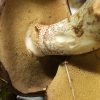
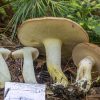
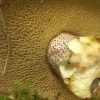
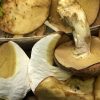
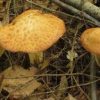
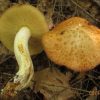
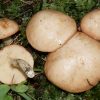
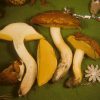
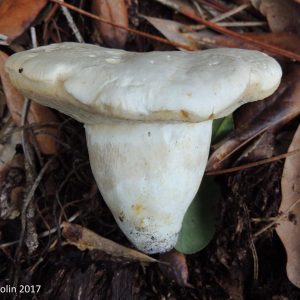
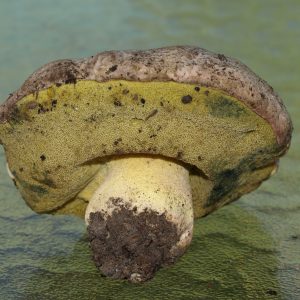

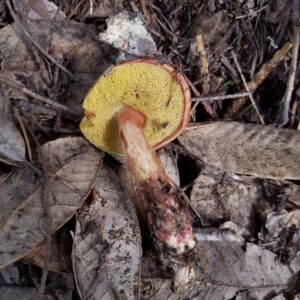
Got something to discuss?
Found a cluster of these in Woolwich Township, New Jersey. I’ve never seen them before and am excited to learn what I can about them.